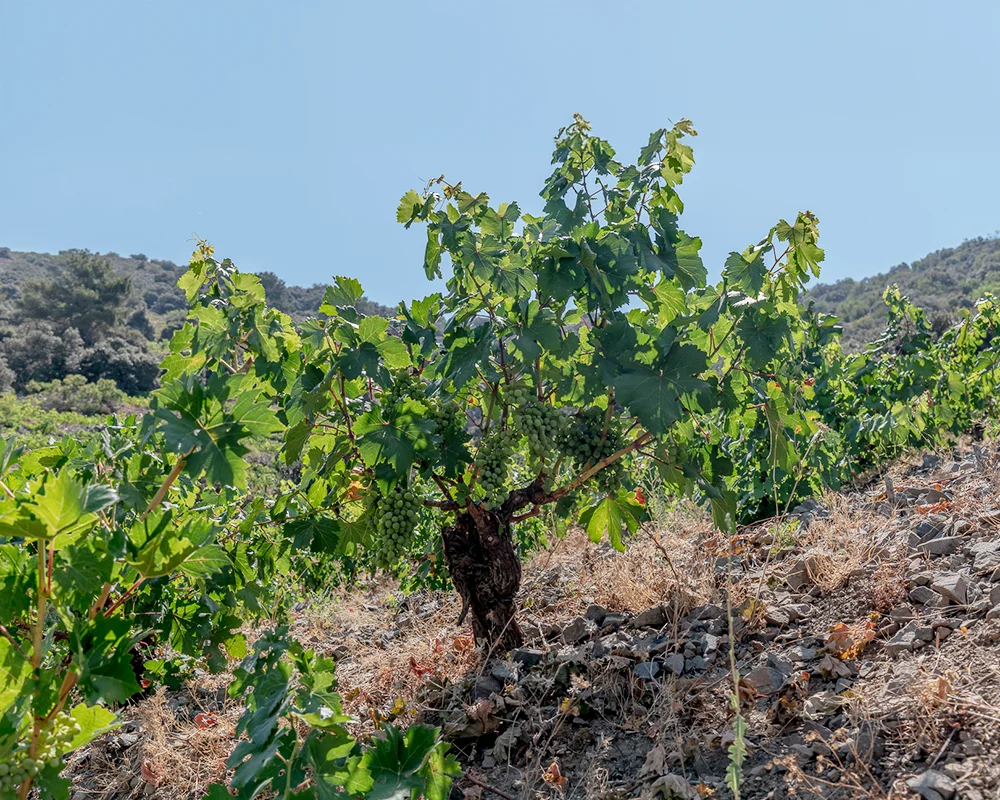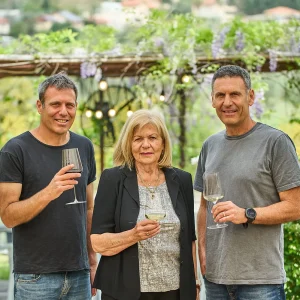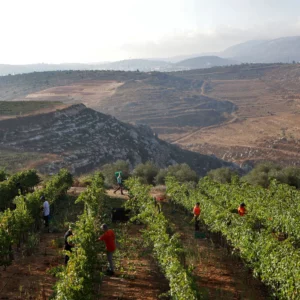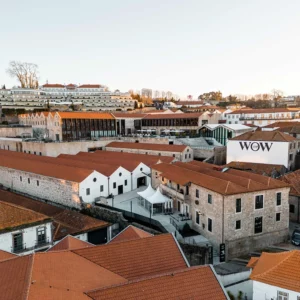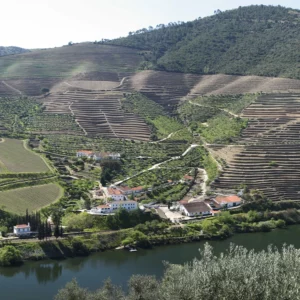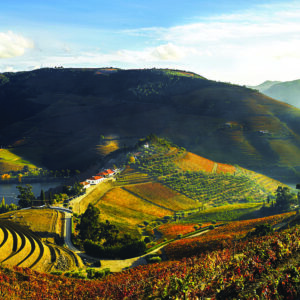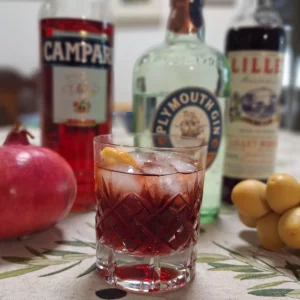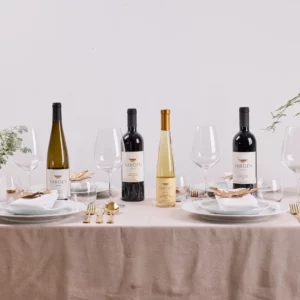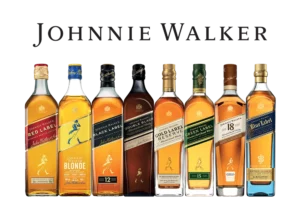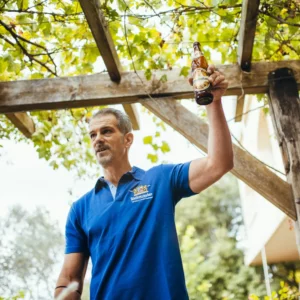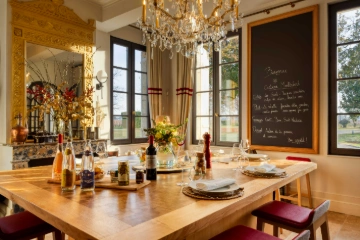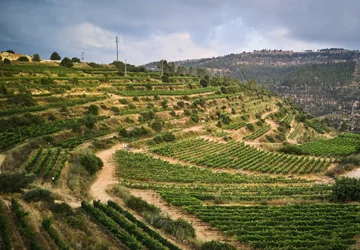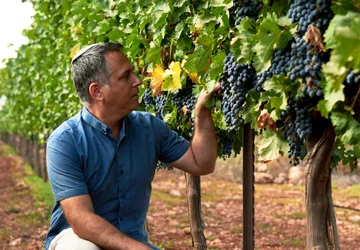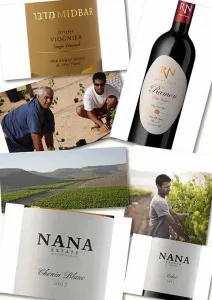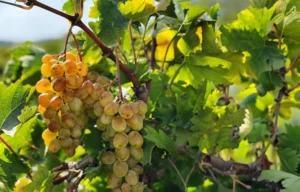Cyprus is a beautiful place to visit. It is a country with beautiful beaches, expansive resort hotels, great restaurants, even casinos. There are plenty of good hiking opportunities and Cypriots are as a people relaxed, friendly, and always ready with a warm welcome and a smile. By far the majority of tourists visiting Cyprus are from Great Britain. There is a historic reason for the popularity with the Brits. Once it was a British colony. Second on the list are Israelis, probably because of its close proximity. It is quicker to fly to Larnaka than to Eilat. Let me say on behalf of all Israelis, we hope we arrive politely and leave a good impression. We have not always travelled with our manners, but let’s hope we are learning and that our image as tourists is improving.
For me, who sees everything through wine tinted glasses, Cyprus means something else. There are high mountains, dreamy views, old vine vineyards and indigenous varieties, and many wineries dedicated to turning the fruit of their vines, into the best wine possible. Cypriot wine is not yet well known enough, so it is a very interesting place to explore. It is a perfect venue for wine tourism. These qualities were certainly symbolized on my recent visit to Saint Irena Winery, when I travelled as part of an official group with The Circle of Wine Writers thanks to the Deputy Ministry of Tourism.

To arrive at the winery we had to drive slowly in wavy zig zags, steadily climbing, enjoying breathtaking scenery, overlooking steep drops, with the ground alternatively covered with limestone stones or volcanic rocks. There were vines everywhere, most grown in the bush, goblet style. They were often in terraced mosaics of small lot family sized vineyards, all in different aspects. Each spouting gnarled old vines, with wild, flailing branches, like waving arms on a sinking ship. We climbed to over 1,000 meters above sea level until we arrived at a small village of only 500 inhabitants, called Farmakas, which is in the Pitsilia region, part of the Nicosia district.
The wine grape of the area has always been Mavro Ampelisimo to give its full name. Mavro means black. This is the most planted variety in Cyprus and is the workhorse grape of the island. It was first mentioned in 1877, but has been around for thousands of years. It is one of the varieties used to produce Commandaria, the wine with a longer history than any. What is not in its favour is that it produces large grapes, is thin skinned with a poor color and wines produced from it can be light in taste. What is for it is that it is versatile, with good yields and is tasty as a table grape. There are also many Mavro vineyards all over Cyprus, but the percentage is going down every year as vineyards are abandoned or grubbed up.
The main activity of the farmers of Farmakas village is growing grapes. They continue as their forefathers did before them. There is though, a crisis in agriculture. Not only are the farmers and growers getting older, but sadly, and perhaps inevitably, the next generation prefers to work in hi-tech and live in the cities, rather than endure the struggles and vagaries of every day agriculture. The high volume days of Cyprus wine, when it sold bulk wine to the Soviet Union and Cyprus Sherry to Britain, have long gone. These days the wine industry is more geared to quality with a far smaller production. Therefore family agriculture over generations is gradually drying up, leaving the vines to cope alone. Furthermore the leading wineries today prefer to look after their own directly managed vineyards rather from sourcing their fruit from hundreds of small growers.

Daniel Anastasis a son of Farmakas, remembers those same vineyards and grower families as a child. He used to be commandeered to work in the vineyards after school. He remembers his grandfather making wine in the large pithari clay jars, which today decorate every winery and the garden of every home; also the donkeys, the farmers’ best friends, used in the vineyards and particularly during the harvest. However, circumstance and opportunity took him overseas first to Australia, and then South Africa. There he made a family with his wife Theony (they have three children) and made his name as a Master Baker. When he returned in 2010 at 65 years old, he was at an age when most people would be considering retirement. However, he was confronted with a forlorn sight. The high elevation vineyards (up to 1,300 meters elevation) were still there, as were the old vines, ranging from 100 to 150 years old; but some were not worked anymore and in others the ageing farmers did not have the resources or energy to manage the vineyards in the future. There is nothing so desperately sad as an abandoned old vine vineyard.
So Daniel felt pangs of nostalgia for his childhood and thought he owed it to his grandfather to do something. He understood the potential of those old vineyards shorn of respect and lacking care and attention. He bought some and cajoled some of his neighbors to contribute others. The vineyard owners were supportive, only too happy that someone would look after their life’s work. In 2016 he founded Santa Irene Winery, named after the local Church. Religion is quite powerful in Cyprus. I have seen a beautiful old vine high elevation vineyard in the Paphos region, with a lovely small chapel at the peak, so the growers can pray for a good year and give thanks for a good yield!
Daniel Anastasis started a new career as a wine grower and winemaker with the helpful expertise of Evangelos Bakalexis, viticulturist and winemaker. His objective was to coax and cajole the ancient but much maligned Mavro vines to produce wines of quality. This was at a time, when most quality wineries bristling with gleaming New World technology and internationally trained winemakers, had long abandoned the neglected Mavro preferring either the local Maratheftiko and Yiannoudi, or international varieties like Shiraz and Cabernet Sauvignon.
The heart of his search for quality Mavro, lay in what he called the Vinea Ardua, which means arduous vine in Latin. These special vineyards, ranging from 900 to 1,200 meters elevation, were first harvested in 2020. The slopes are genuinely steep, in some cases reaching 60 degrees. They are not new vineyards planted for ease of managing vineyards, but ancient vines that have clung onto the slopes of the Troodos Mountains as though hanging on for dear life. Anastasis bought in expert viticulturists and trained winemakers. These vines were damaged through neglect and needed extraordinary patience and TLC to bring them back to produce quality fruit, but even then yields were painfully low. At the same time, all vineyard work was extremely difficult and hard physically.
The winery has invested in small state of the art stainless tanks to aid bringing winemaking into the 21st century and they also have a beautiful still for making Zivania (the national spirit of Cyprus). However, this did not satisfy Anastasias. He scoured the village for old pithari and refurbished them, bringing them back into use for fermentation. For punching down he uses a shepherd’s staff, which he brandishes almost like a weapon, waving it about and using it as a pointer during the presentation he gave us.
Daniel Anastasias is now eighty years old, but still full of energy. Bespectacled, he stands as straight as guardsman as a receives his guests. He is a performer who relishes an audience. He comes alive in front of us telling stories and reminiscing, occasionally pausing mid-story to bark instructions at his employees, before returning with the punch line. Much of his 50,000 bottle production he sells on site. He has created a haven for wine tourism, with a large restaurant area capable of coping with tourists. He also owns a bed and breakfast facility in the village.
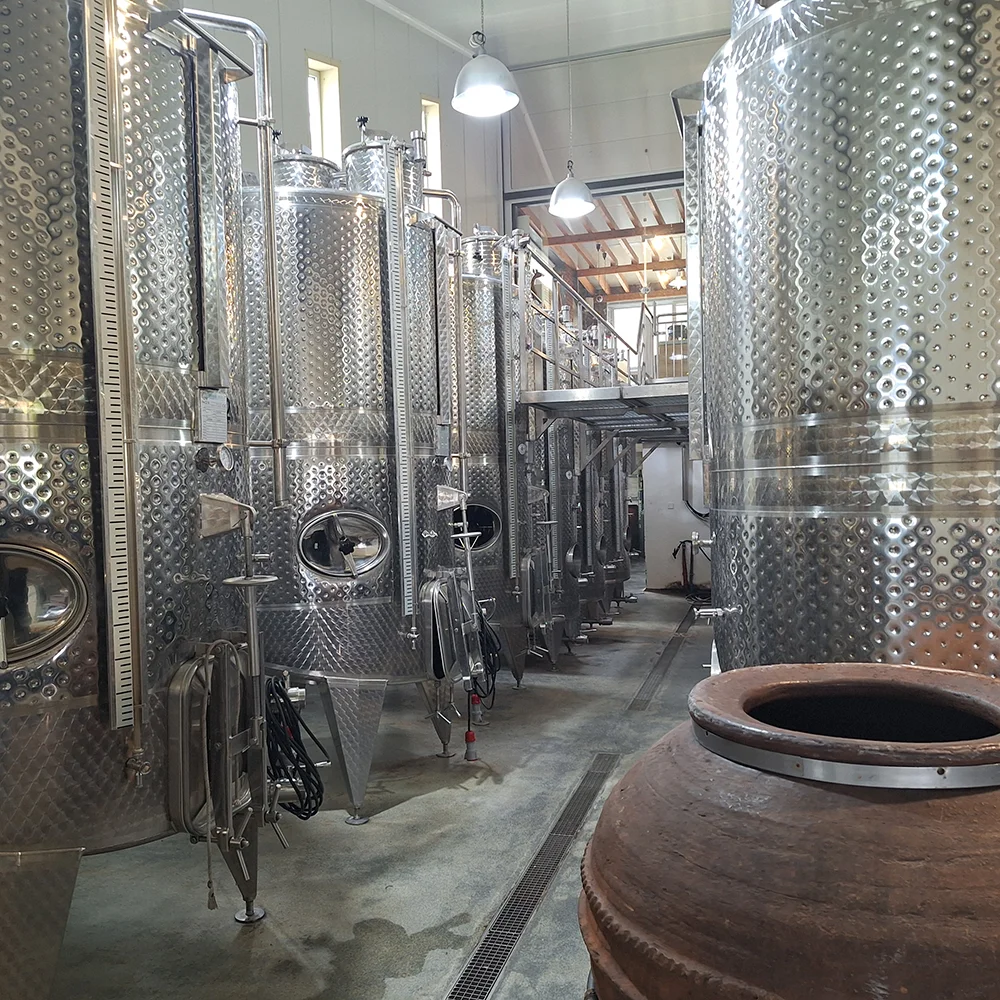
We were hosted by Daniel with Dileon Simeon and Costas Pnanos. The winery produces its value wines under the Santa Irene label, but the crème de la crème are under the Vinea Ardua label. The vines are grown organically. They use natural yeasts, minimum sulphuring, and light or no filtration, depending on the wine. His leading three wines are named Eteon (meaning genuine), Aepys (steep) and Aeoneo (eternal.) The Eteon is a white made from Xynisteri. There are tiny plots of this white variety within the Mavro vineyards, sometimes to the point of being single white varieties in a sea of red. These are carefully picked, part fermented in pithari and part in stainless steel. Xynisteri can produce very ordinary wines in low altitude vineyards, but here touching the clouds the result is different. We were served the Eteon 2021, but I would have preferred a more recent vintage.
We also tasted a Blanc de Noir called Danero 2022, and a flavourful rose called Erroa 2022, both made from Mavro of course. The Danero was the one I preferred as it had a satisfying taut texture from head to tail. Of the reds, the Aepys 2021 was treated in a modern way, fermented in stainless steel, then aged in old barrels but for only 6 months so as not swamp the delicate fruit with oak flavours. The Aeoneo 2021 was more traditional, made in an echo of the long forgotten past. It was fermented in pithari and then aged in second use barrels for 6 months. I preferred it of the two. It had a nose of red berries and cherries, a medium weight on the palate and tannic finish that provided a contrast and had a refreshing quality.
I have in fact visited this winery before. Before Covid. However the place still has its magic, because of the beauty of the surroundings. The visit moved me as much as the first time. It is certainly wise to book a tour and tasting. The food in his Ierambelos Restaurant is local, authentic and delicious. It is large enough to cope with bus tours. I was amused to see what looked like Challah on display, wrapped up and ready for sale. These braided loaves were like brioche and Daniel gave me one to taste. Obviously in the hands of the ex-baker, it was very tasty. However though the winery, wine and food take priority with the hungry and thirsty tourist, do make time to visit the vineyards. Until you have seen the thick trunked old Mavro vines on the steep slopes, you do not really understand the full picture. These vines are the essence of the winery and it is with them the story begins and ends.

Daniel Anastasis is a man who in a second career at three score and ten, returned to revive agriculture in the mountains surrounding his village. He saved the vineyards from the ignominy of being abandoned, revived winemaking in the ancient way and determined to make a quality Mavro by focusing on the qualities, rather than bemoaning the variety’s frailties. Only someone on a driven mission would have persevered. Quite apart from that, it is a wonderful place to visit as a tourist, and if wine bores you, you can go and pet the donkeys which he considers part of the family.
Adam Montefiore is a wine trade veteran and winery insider turned wine writer, who has advanced Israeli wines for 38 years. He is referred to as the English voice of Israeli wine and is the Wine Writer of the Jerusalem Post. www.adammontefiore.com


